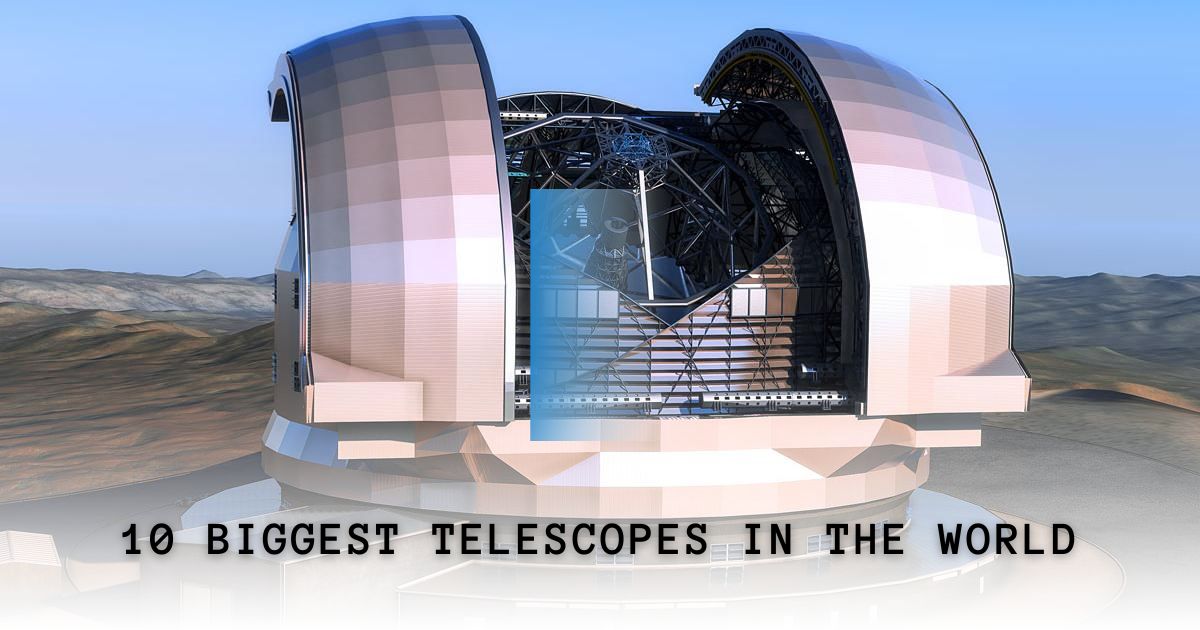Ever reached for the stars and looked at the night sky with wonder, trying to see what lies beyond the observable cosmos with your own eyes? Thanks to the power of some of the biggest telescopes in the world, you’ll capture part of that wish – like seeing deep into space and time despite not being able to see clearly without help from the mightiest giants in the sky.
After all, looking to the heavens and witnessing the historical accomplishments of human history is one of the mysteries still hidden in the cosmos. Join me on this journey to discover the mysterious things and distant objects that lie in the universe. Let’s get to know the biggest telescopes in the world, our beloved Earth, and see how these massive mirrors help us in our cosmic quest to reveal the vast unknown. Brace yourselves because this will start with humongous ones.
10. Subaru Telescope
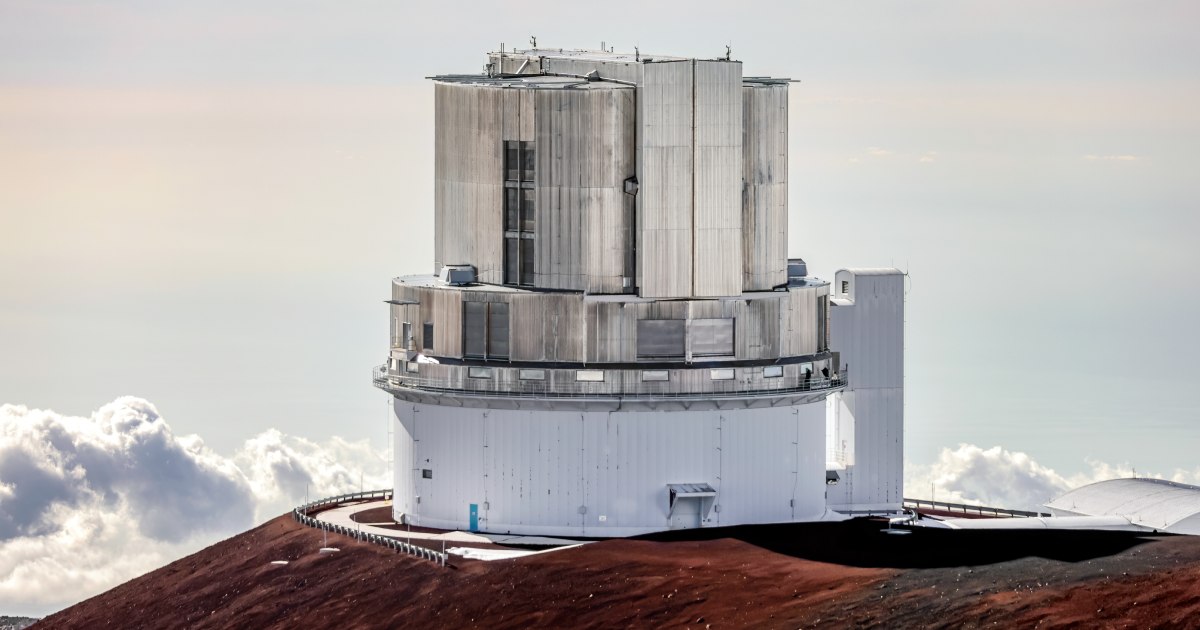
- Location: Mauna Kea, Hawaii
- Aperture Diameter: 8.2 meters
- Primary Mirror: Single-piece
We all know Hawaii with all the nice weather and refreshing views, but on Mauna Kea, the Subaru Telescope is one of the instruments at the summit, with the deepest view in the universe. Its 8.2-meter mirror is used to peer back through time to see far-off galaxies with unheard-of clarity and depth.
The Subaru Telescope is an impressive telescope that belongs to the National Astronomical Observatory of Japan. It is situated at the breathtaking Mauna Kea Observatory in Hawaii. This celestial object is named after the open star cluster commonly referred to as the Pleiades in English.
9. Very Large Telescope (VLT)
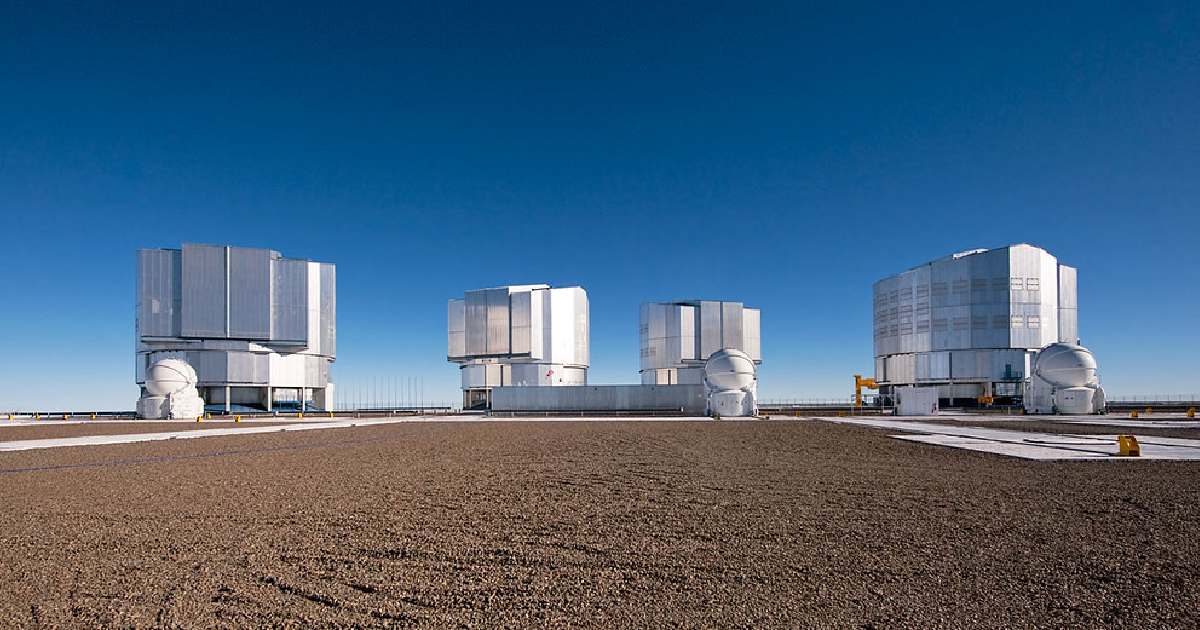
- Location: Cerro Paranal, Chile
- Aperture Diameter: 8.2 meters (each)
- Primary Mirror: Single-piece
The wonders in Chile don’t stop as each of the four telescopes belongs to the European Southern Observatory’s Very Large Telescope, installed on top of each other on a mountain in Chile. Their combined 8.2-meter mirrors make one of the most precise and powerful telescope arrays in existence and are responsible for some of the most detailed maps of planets and stars to date, as well as giving us insights into black holes.
8. Large Binocular Telescope (LBT)
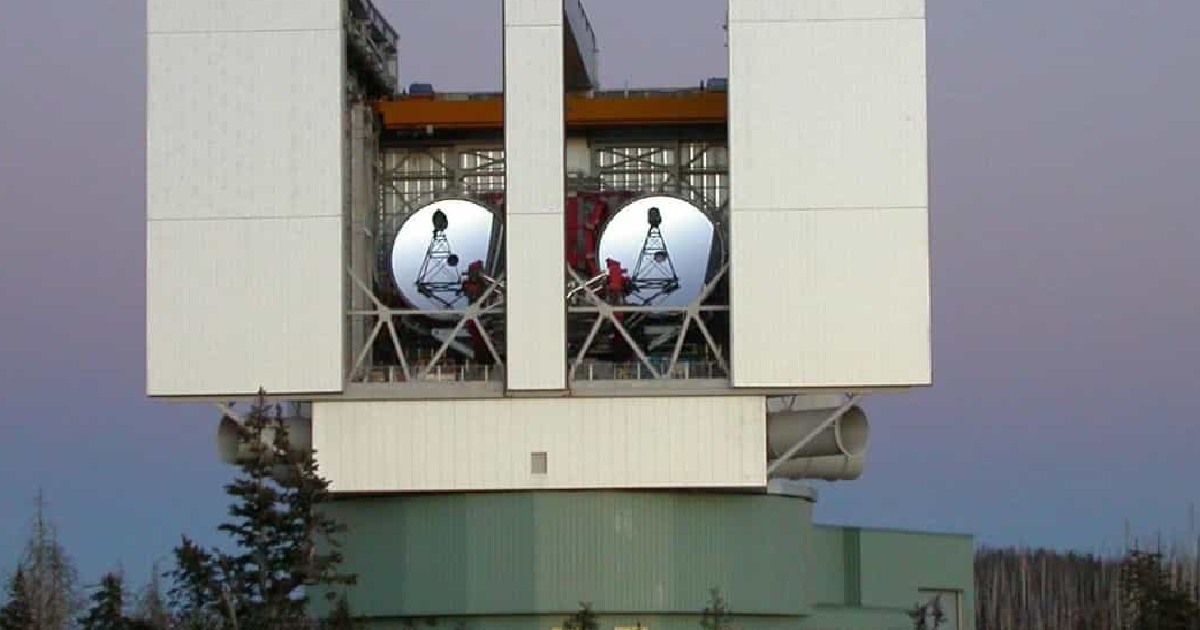
- Location: Mount Graham, Arizona, USA
- Aperture Diameter: 8.4 meters (each)
- Primary Mirror: Binocular
These are like a pair of massive telescopes getting along. That’s effectively what’s going on with the Large Binocular Telescope in Arizona, which sports two mirrors some 8.4 meters across, pivoting on a common mount to peer at the sky. With two mirrors covering the same sky, you can perform incredibly precise observations of the universe. It’s capped as one of the largest telescopes in terms of light-gathering area.
7. Southern African Large Telescope (SALT)
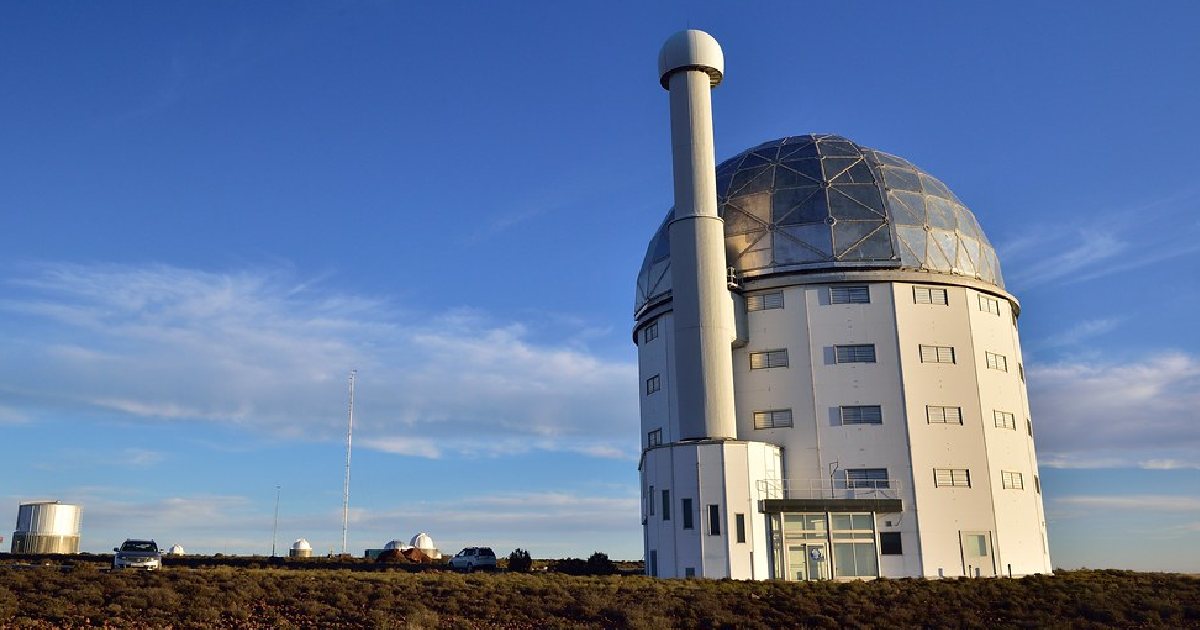
- Location: Sutherland, South Africa
- Aperture Diameter: 9.2 meters
- Primary Mirror: Segmented
In the South African Karoo, on a hillside turned undulating desert, the Southern African Large Telescope, with its 9.2-meter aperture, shines like the finest jewel in the southern hemisphere. This South African large telescope has a vast collecting surface that allows it to paint beautiful pictures of the heavens, to pick up the spectral signatures of distant galaxies, and to reveal the atmospheres of far-off celestial bodies.
6. Atacama Large Millimeter Array (ALMA)
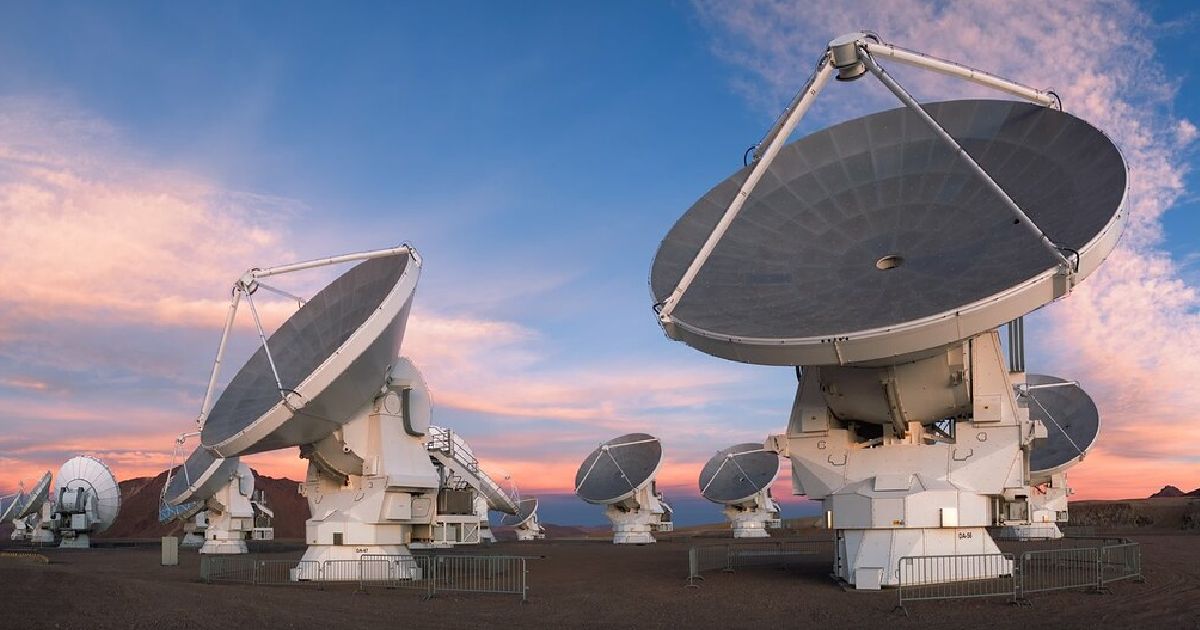
- Location: Atacama Desert, Chile
- Aperture Diameter: 12 meters (each)
- Primary Mirror: Radio antennas
Last but certainly not least, let’s travel back to the Chilean Atacama Desert, where the Atacama Large Millimeter Array pushes the boundaries of celestial observation. Unlike its optical counterparts, ALMA looks at the universe in millimeter and submillimeter wavelengths, revealing insights into the cold, dark regions of space where stars are born.
5. Keck Observatory

- Location: Mauna Kea, Hawaii
- Aperture Diameter: 10 meters (each)
- Primary Mirror: Segmented
Craving for more knowledge? Join me at the peak of Mauna Kea in Hawaii, home of the twin Keck telescopes with 10-meter-diameter primary mirrors, two of the largest dedicated scientific optical telescopes in the world. Among its many discoveries, the W. M. Keck Observatory has been used to fine-tune measurements of the expanding universe and has resolved the glow of planets orbiting distant stars.
4. Gran Telescopio Canarias (GTC)
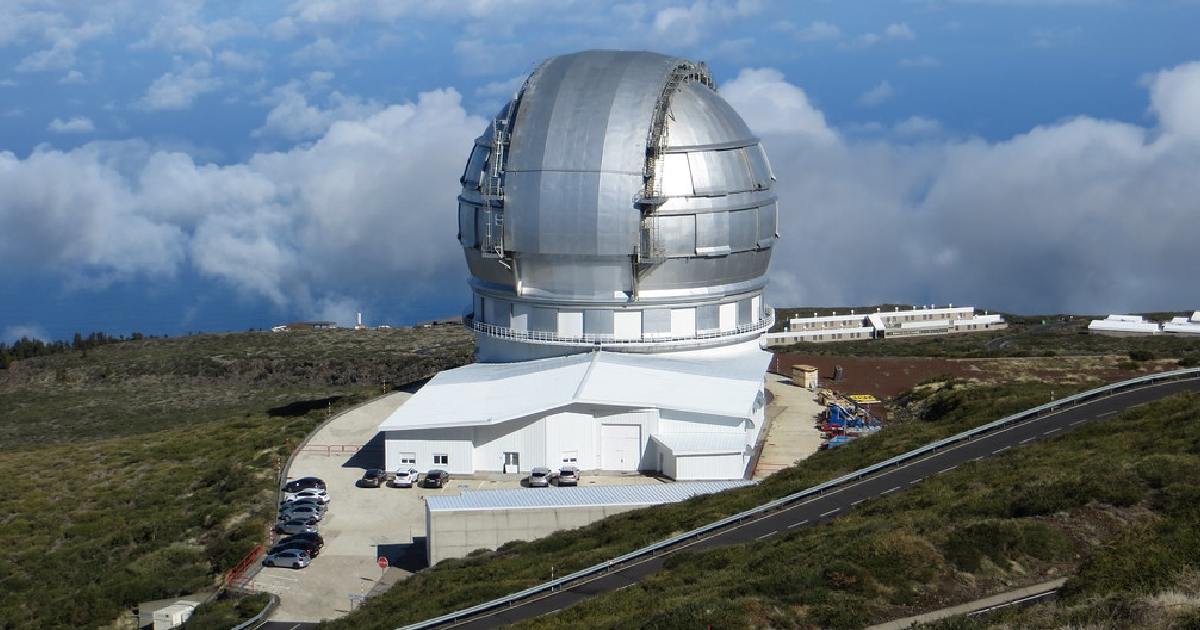
- Location: La Palma, Spain
- Aperture Diameter: 10.4 meters
- Primary Mirror: Segmented
Let the drum roll for GTC. Housing the largest telescope in the European Southern Observatory, the GTC is housed in Spain. Atop the mountainous island of La Palma in Spain stands the Gran Telescopio Canarias, one of the largest optical-infrared telescopes in the world ever built. Its 10.4-meter primary mirror, one of the largest single mirrors in the world, is an instrument designed to peer deep into space.
This huge telescope is able to observe the optical and infrared light. With the GTC, astronomers have discovered everything from the closest stars in our galaxy to the outermost galaxies of the distant Universe, details that were thought by many to be unreachable; it’s like science fiction come true.
3. Giant Magellan Telescope (GMT)

- Location: Atacama Desert, Chile
- Aperture Diameter: 24.5 meters
- Primary Mirror: Segmented
We’re halfway there, as rising from the starkly beautiful desert of Chile’s Atacama Plateau, the enormous Giant Magellan Telescope is taking shape today. When it’s finished, it will be one of the largest telescopes ever constructed, its observing area illuminated by seven of the largest mirrors ever made: 8.4 meters (27 ft) broad. The GMT’s clarity will ultimately outshine even the Hubble Space Telescope as it focuses on faint objects in both visible light and infrared light.
2. Thirty Meter Telescope (TMT)
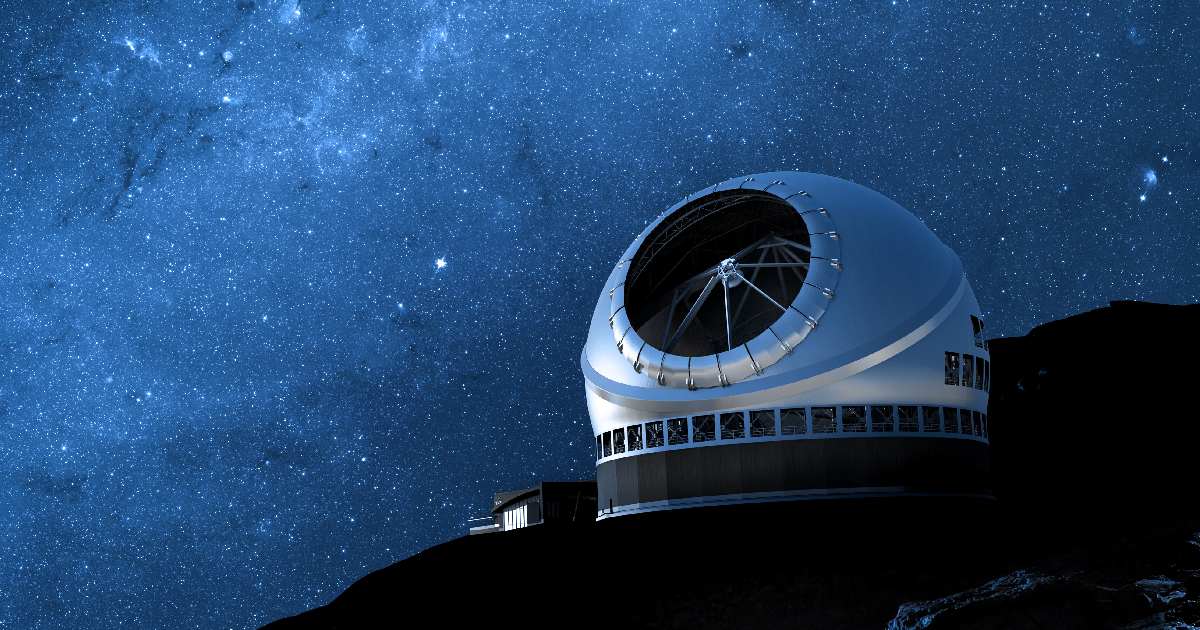
- Location: Mauna Kea, Hawaii
- Aperture Diameter: 30 meters (planned)
- Primary Mirror: Segmented
As if to create bold punctuation, the next frontier looks to be hundreds of thousands of light years beyond the Hubble limit, courtesy of the 30-meter (98 ft) Thirty Meter Telescope now being built on Mauna Kea, the tallest point on the planet.) From there, we would see into the atmospheres of Earth-like planets and capture the faintest fire of the first objects in the Universe when it was young, a score or so of millions of years old. Turning on the light of those very first stars isn’t just a matter of curiosity; it’s an opportunity for scientific discovery.
1. Extremely Large Telescope (ELT)
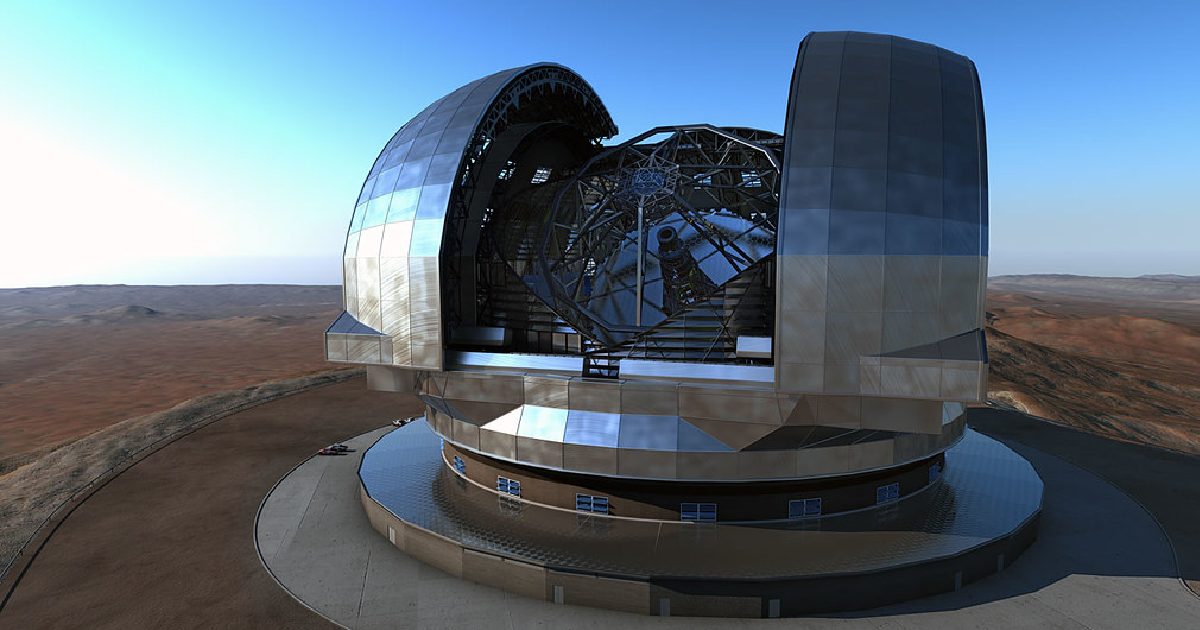
- Location: Cerro Armazones, Chile
- Aperture Diameter: 39 meters
- Primary Mirror: Segmented
To continue the fun learning, the ELT in the Atacama Desert, also in Chile – the Extremely Large Telescope operated by the European Southern Observatory – will be the largest optical telescope on Earth, with a 39-meter diameter primary mirror, venturing far into the unknowns of the Universe and providing studies of planets around other stars in considerable detail.
Starry Reflections
As well as the latest technological marvels, the world’s largest and most ambitious telescopes are also portals into the larger Universe, surveying its constituent parts, ages, measurements, and motions without prejudice. They give us insights into our location in the cosmos. And they keep getting bigger.
The next time you gaze up at the night sky, think of all of these tens of thousands of parts and all of those aching scientific brains with stars in their eyes, all of the stumbling efforts to get us closer to the stars. That particular great thirst for knowledge is still with us. Who knows what these telescopes might reveal next?
Frequently Asked Questions (FAQ)
Which is the largest telescope in the world?
The Gran Telescopio Canarias (GTC), also known as the Great Canary Telescope, is currently the largest single-aperture optical telescope in the world. Located at the Roque de los Muchachos Observatory on the island of La Palma in the Canary Islands, Spain, it has a primary mirror diameter of 10.4 meters.
What is the largest lens telescope in the world?
The largest lens telescope in the world is the Yerkes Observatory’s Great Refractor, located in Wisconsin, USA. This telescope features a 40-inch (approximately 1-meter) diameter lens, making it the largest refracting telescope ever constructed.
What is the largest telescope in the world has a reflector?
The largest reflecting telescope in the world is the Gran Telescopio Canarias (GTC). Its primary mirror, spanning 10.4 meters in diameter, is composed of 36 hexagonal segments that work together to collect light.
What is the most expensive telescope in the world?
The James Webb Space Telescope (JWST) holds the record as the most expensive telescope in the world. With a total cost of about $10 billion, this space-based observatory serves as the premier deep-space imaging and spectroscopy instrument for NASA.
What is Earth’s most powerful telescope?
As of the latest updates, the title of Earth’s most powerful telescope is shared by the James Webb Space Telescope (JWST) for space-based observation and the Extremely Large Telescope (ELT) for ground-based observation, which is under construction. The ELT, located in the Atacama Desert of northern Chile, will have a primary mirror 39 meters in diameter and is expected to become the world’s largest optical/near-infrared extremely large telescope upon completion.

